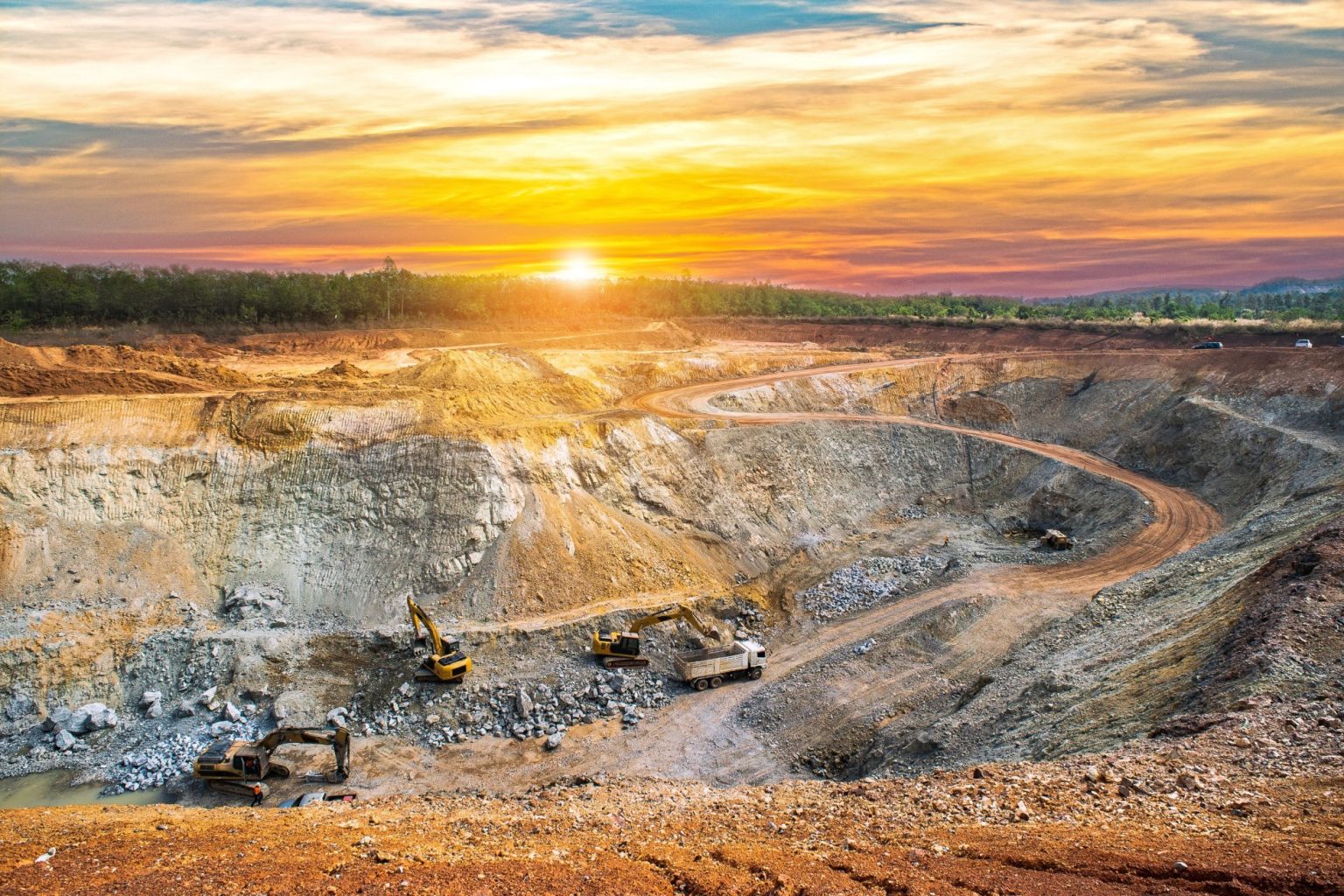As the use of electronics grows, so does the need for the rare earth elements essential to high-tech instruments and consumer electronics. With demand growing every year, the United States is looking to establish a stable domestic supply of these rare earth elements (REEs).
To that end, Idaho National Laboratory and the U.S. Department of Energy’s Critical Materials Institute (CMI) are playing a part in developing solutions to build a domestic REE supply chain. CMI is conducting research and development in a broad range of mineral recovery, substitution and recycling technologies.
Earlier this year, a group of INL researchers traveled to San Bernardino County, California, and the Mountain Pass Mine, the only developed REE mine in the country.
REEs are comprised of 15 lanthanides in the periodic table, plus scandium and yttrium. What makes them rare is not their scarcity but the fact that they are not often found in economically exploitable ore deposits. REEs have many important applications in modern technology, such as high-strength magnets, GPS systems, and consumer electronics like laptops, tablets and cellphones. A single smartphone can contain nine rare earth elements alone.
The 2009 reopening of the Mountain Pass Mine had been hailed as a critical first step toward securing a stable domestic supply of REEs, but rare earth prices dropped dramatically between 2012 and 2014, and at the end of 2015 the Mountain Pass Mine’s owner, Molycorp, put the operation in “care and maintenance mode.”
On behalf of CMI, a DOE energy innovation hub, INL sent several researchers led by Kevin Lyon to the mine earlier this year. The purpose was to gain firsthand knowledge about REE mining and purification operations and to understand the current status of the REE industry and the Mountain Pass facility. This information allows INL to focus its research to help enable a diversified supply of domestic REEs.

Due to chemical similarities, REEs are notoriously difficult to separate into pure species for final use in technology applications. To support laboratory research aimed at improving REE separation techniques and enabling domestic REE supply chains, CMI has invested in new solvent extraction testing equipment at INL. Combined with separations expertise that INL developed for nuclear fuel cycle applications, this capability provides a one-of-a-kind test bed facility to conduct REE separations research.
In collaboration with Colorado School of Mines, INL also is assessing the supply chain impact and economic viability of these technologies to clearly understand barriers to commercialization and establishing a domestic supply chain. Collecting accurate data is a challenge when simulating REE supply chains. The Mountain Pass trip provided valuable data and information to serve as a benchmark for CMI projects.
One factor in determining the possible value and viability of an operation depends on what REEs are present, said Devin Imholte, a member of the research team. Heavy REEs such as dysprosium, europium, terbium and yttrium are considered most valuable. In a 2011 study, the DOE named those four heavy REEs — critical to many pieces of high-tech U.S. military hardware — among the most important critical materials in the country for which to ensure stable supplies.
The REEs at Mountain Pass, however, are more concentrated in:
- Cerium, a chemical oxidizing agent used in glass and ceramics, and as a catalyst for oil refineries and self-cleaning ovens.
- Lanthanum, used in alkali-resistant glass, hydrogen storage, battery-electrodes, camera lenses, and as a cracking catalyst for oil refineries.
- Didymium, a composite of praseodymium and neodymium, used in magnets, lasers, ceramic capacitors, and motors of electric vehicles.
In addition to the REEs in the ground, Mountain Pass is also home to the largest REE solvent extraction facility in the U.S., Imholte said. When the mine emerges from its on-hold status, this research support from CMI and INL could help lead the way to economically viable, domestically sourced REEs.
Learn more about DOE’s Critical Materials Institute here.





